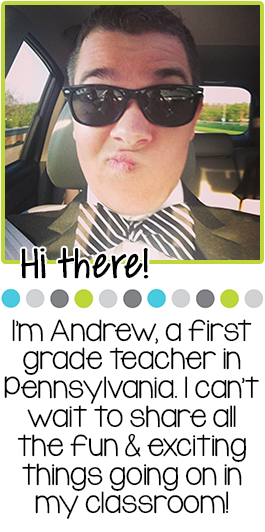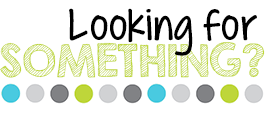So. My district adopted EnVision math last year. I'm fairly satisfied with it, for the most part. There's only one thing I really don't like... Lesson 2-10.
I taught it last year, and it was a train wreck. I felt like I had been run over by a bus. The students looked like I was speaking German. When I saw it come up in my planning, I was determined to fix it.
Essentially, the lesson meets standard 1.OA.7, showing the meaning of the equal sign. The essential understanding for the lesson reads "The difference can be written at the beginning or end of a subtraction sentence, as long as the number or expression on each side of the equal sign are the same amount." Seriously? That's algebra. Here's what the student page looks like...
I understand the concept. I realize it is an important concept. I feel like the lesson is just a little too early for first grade. Here's what I came up with... Remember those little colored white boards I found in the Target Dollar Spot? Since I only have a few of them, I haven't yet realized their full potential. Until today, at least.
I spent about 10 minutes reviewing how to make "NORMAL" addition and subtraction problems with the information from a part-part-whole mat. I explained HEAVILY that on our boards, the yellow board was the whole, and that the green boards were the parts.
That's when I blew their minds. I put on my trusty hard hat, since we were "destroying" math problems today. I picked up the difference and the equal sign and moved them to the front of the problem. Then I put them back. Then I put them on the front again. Then I put them back again. Then I put them on the front again. I
Here's one of my little guys (all dressed up for picture day) filling in the blanks BY HIMSELF. Last year, when I taught this lesson, there was no independent practice. NONE. Today, I feel like I still blew my kids' minds, but at least they figured out what I was talking about.
I think it REALLY helped for them to see the whole as a different color. Tomorrow, there will be MUCH reviewing, and I think I'll swap the yellow board out for another green one to see if they can still plop those numbers into the right place!!
Does your math series teach this standard in a similar way? How do you teach it without completely losing your first graders??

















5 comments:
What a brilliant idea!! It's the simplest of ideas that have the biggest impact on our students! Thanks for this :)
Rae
Mindful Rambles
I taught first grade for 22 years before becoming a reading specialist this year. I taught my one and only year of EnVision Math last year. This is a wonderful idea for teaching this lesson. I am going to pass it on to the gal who took my place. Thanks for sharing! :) Liz in South Dakota
What a great idea. I'm going to try it with my class. We passed Lesson 2-10 with a few totally getting it. But what a wonderful way to revisit!
Thanks.
Tracy
California
HAHAH! We skipped through it & then revisited it later ( in MY way)...I agree with wanting kids to REALLY understand it! Check out the MATH COACH'S CORNER...she has GREAT ideas on understanding equal. Envision in OK...just a little fast for my slower learners. LOTS of practice during guided math time. wendy 1stgradefireworks@gmail.com 1stgradefireworks
We use a balance scale to show that each side must be the same. They love modeling with counting bears in a balance scale. If it balances, the # sentence is true, if not, it is false.
Also, we find the sum for each side. 4=9-5 is the same as 4=4--so it's true.
For some reason, my group this year loves this! They think it's fun. Last year I remember it was difficult, but I didn't use the balance scale. So that really helped I think!
Post a Comment